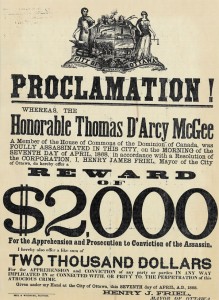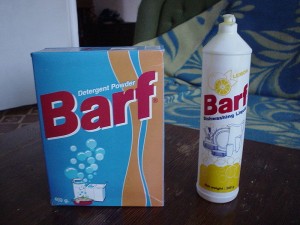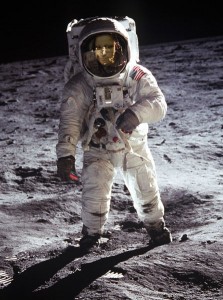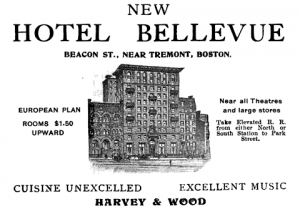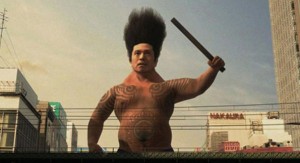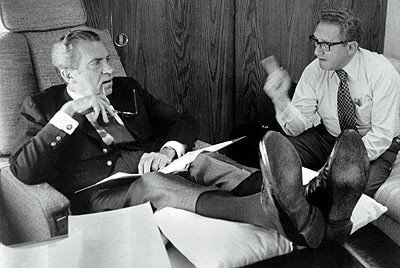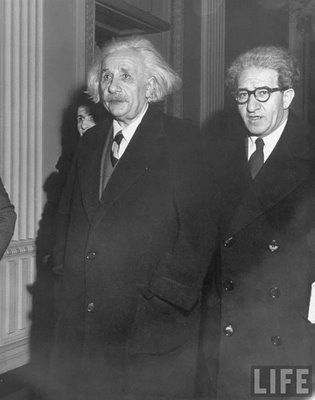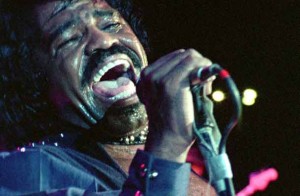“Someone must have been telling lies about Josef K., he knew he had not ordered a pizza but, one evening, a man delivering a pizza showed up at his door. Every day at eight in the evening he was brought his dinner by Mrs. Grubach’s cook–Mrs. Grubach was his landlady–but today she didn’t come. That had never happened before. K. waited a little while, looked from his pillow at the old woman who lived opposite and who was watching him with an inquisitiveness quite unusual for her, and he grew both hungry and disconcerted.
There was a knock at the door and a man holding a pizza box stood there. Josef K. had never seen the man in this house before. He was slim but firmly built so that he could carry many pizzas, his clothes were black and close-fitting, with many folds and pockets, buckles and buttons and a belt, all of which gave the impression of being very practical but without making it very clear what they were actually for. But probably they had something to do with pizza delivery.
‘Who are you?’ asked K. The man, however, ignored the question as if his arrival simply had to be accepted. K. refused payment. He was living in a free country, after all, everywhere was at peace, laws were decent and were upheld, who was it who dared to accost him in his home with a pizza? K., wrenching himself back from his daydreaming, said to the pizza guy, ‘I really don’t know what it is you want of me.’ The strange man in the doorway replied: ‘How about $11.50 plus tip, Dillweed?'”


